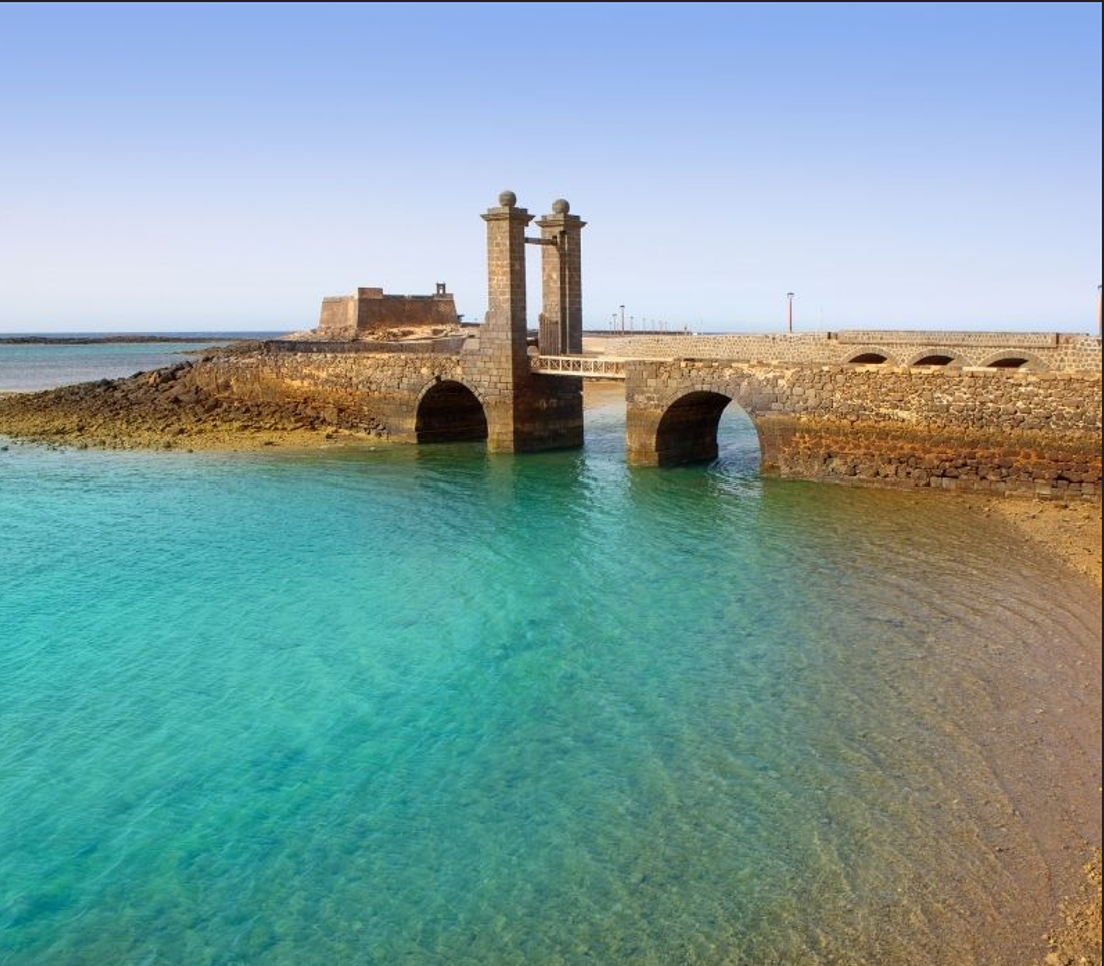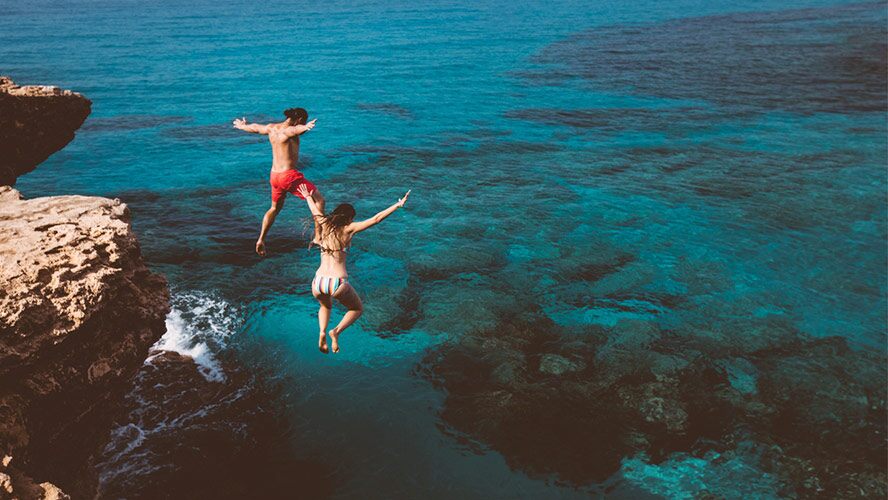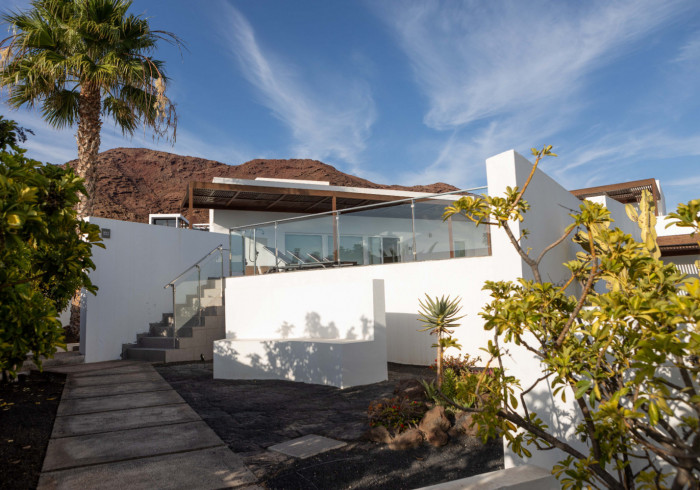Mountains of fire, green lagoons, lava fields, cactus gardens… Lanzarote has a lot to offer and is one of the most beautiful and interesting places on the Canary Islands. We from Hoopoe Villas Lanzarote will describe some curiosities of Lanzarote may not have known.
Let’s go to the cinema?
Lanzarote’s landscape is so unique that it has been used as a filming location for many films. Film hits like “When the Dinosaurs Ruled the Earth” and “Journey to the Center of the Earth” were filmed in Lanzarote. Several television series such as “Doctor Who” and “Search for the Treasure Island” also used the Timanfaya National Park as a backdrop. Other blockbusters that have chosen Lanzarote as a location are:
- Clash of the Titans (2010) & Wrath of the Titans (2012)
- Fast & Furious 6 (2013)
- Exodus: Gods and Kings (2014)
- Moby Dick (1956) & In the Heart of the Sea (2015)
- Palm Trees in the Snow (2015)
- Allied (2016)
- Jason Bourne (2016)
- Wild Oats (2016)
- Rambo: Last Blood (2019)
- Eternals (2021)
Ink made from insects
There is an insect called cochinilla on the island which is used to make natural paints. The cochineal insect feeds on the leaves of the so-called tunera, a prickly pear cactus that is grown specifically for cochineal cultivation in Mala and Guatiza, two villages situated in the Northern part of Lanzarote. This prickly pear cactus was introduced to Lanzarote especially for the cochineal cultivation in the mid-19th century to meet the color needs of the European textile industry. The export of the cochinilla was one of the most important economic factors on the island until synthetic dyes appeared. The dye obtained from the cochinilla is non-toxic and although it is no longer produced on a large scale in Lanzarote it is still used in many products such as lipstick, candy, toothpaste and even for Campari!
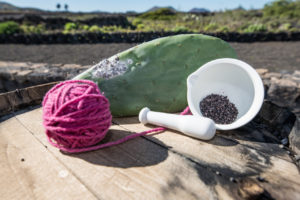
Salt carpets
At the beginning of the 20th century, salt production was another important industry on Lanzarote. However, with the development of freezing technology, the demand for salt fell rapidly, and most of the island’s salt pans were closed. Today there is only one salt extraction plant left on Lanzarote: The Salinas de Janubio – situated only about 15 minutes by car from Hoopoe Villas and has developed into a tourist attraction. Nowadays, people of Lanzarote use the salt, among other things, to make the salt carpets for Corpus Christi.
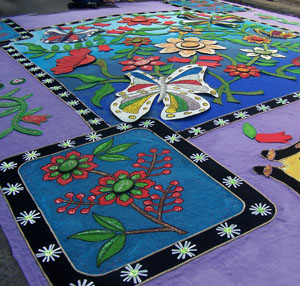
The Grove (El Bosquecillo)
The perfect spot to look out over the Famara Reef and contemplate from there the immensity of Lanzarote and the Chinijo Archipelago. El Bosquecillo is located above the Risco de Famara and from there you can admire the expanse of the Atlantic Ocean, the coast of Famara, La Graciosa and those smaller islands situated nearby.
At Bosquecillo you’ll also find a well-appointed picnic area with sturdy wooden tables and benches and natural stone grills for an afternoon of delicious food and with incredible views. There is also a children’s playground.
The color contrasts of the volcanic earth, the blue of the sea and the incredible views over Lanzarote will leave you breathless.
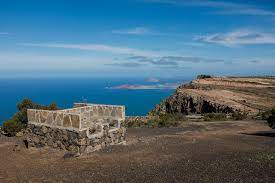
Los Charcones
The naturally landscaped pools are a little-known place of relaxation. To have a good book in your bag is a must to pass a day in this place.
Located on the southwest coast of the island, not far from Playa Blanca, Los Charcones offers a slightly cooler climate. The sea continuously renews the water of the various pools which are a result from the several rock formations, created by the lava flows of various volcanic eruptions.
There are some fairly deep pools which can be used to jump in and others that are shallower and just perfect for a relaxing swim. Some are easily accessible, other pools can only be reached by climbing. Of course, it is always recommendable to move with extreme caution. The strong waves in this part of the island are treacherous.

Piracy
The unique location of the Canary archipelago as a base for crossing the Atlantic has been the perfect place for piracy for centuries. The island of La Graciosa or Isla de Lobos were the shelters for these pirates: Antonio Miguel, Amara Pargo or Cabeza de Perro. Watchtowers were built to defend the islands, from which bonfires were lit, bells rang and cannon salvos were fired.
On Lanzarote still exist 4 fortresses from this period:
- Playa Blanca: Castillo de las Coloradas
- Teguise: Castillo de Santa Bárbara or Guanapay
- Arrecife: Castillo of San Gabriel
- Arrecife: Castillo San José
There is a piracy museum in the Castillo de Guanapay above Teguise, where you can learn some true stories about famous pirates who have roamed the island.
The story of 24 August 1571 is particularly impressive with a double attack on the island of Lanzarote: the Berber pirate “El Turquillo” devastated Teguise and captured more than 100 prisoners. Felipe II sent the engineer Agustín Asmodeo to the islands to design the anti-piracy fortifications. In 1588, Leonardo Torriani drew up an ambitious defense and military plan commissioned by King Felipe II.
Albino crab
These crabs are an endemic crab species found only on Lanzarote. Its shape is considered one of the symbols of Lanzarote. This small animal’s carapace is about one centimeter long and, together with the tail and claws, can reach a total length of up to three centimeters. Jameos del Agua is the only place in the world where this type of crab is found.
The crabs are albinos, in consequence they are nearly blind, but they have highly developed hearing. The crabs also dispose over two separate spikes on their heads, the claws are flattened and longer in males than in females. They can thus perceive all changes in the water and in the cave and are very sensitive to light changes and noise.
Diabletes of Teguise
The origin of the Diabletes, who nowadays are related to the carnival of Teguise, are a mix of aboriginal, spanish and morisco. We find the first written evidence in the earliest 16th century. The participants wear their costumes, take cowbells and a baton to “threaten” and “hit” the pedestrians.
If you are in the island during the carnival, seize the moment to enjoy the music, the colors and the festivity atmosphere.
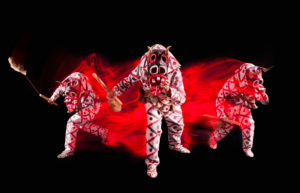
Timple
The timple is a typical instrument of the Canary Islands. It is traditionally used as an accompanying instrument along with other instruments in folk songs and dances.
The first timple builders probably can be found on Lanzarote – the island that was first conquered by Jean de Béthencourt in 1402. There is still a well-known timple workshop in the former island capital of Teguise.

